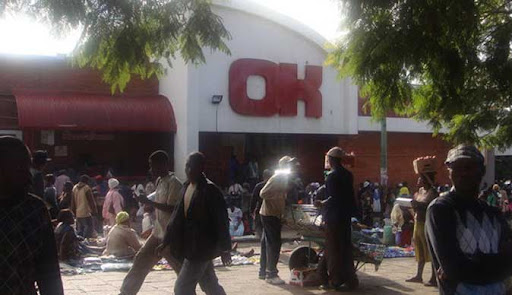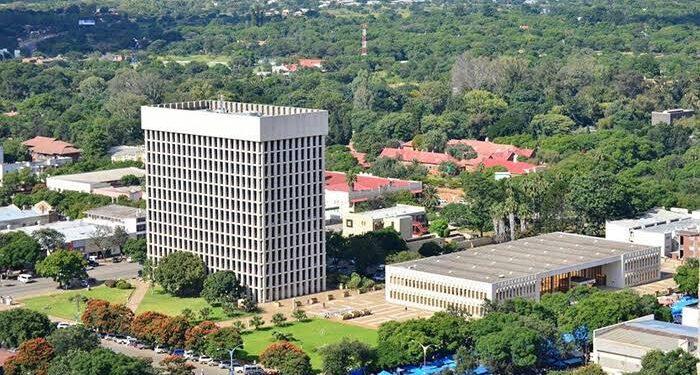In the absence of an international bailout package, the Reserve Bank of Zimbabwe has presented a monetary policy statement strongly focused on domestic resource mobilisation aimed at reviving the productive sectors of the economy.
Zimbabwe has not been able to access any funding from the IFIs for the past two decades as it has not cleared its arrears with the World Bank and the African Development Bank amounting to $1.8b. Clearing arrears would help create conditions for the country to receive finance to support structural reforms and private financial flows which are critical for addressing poverty and growth challenges.
In his MPS, RBZ governor John Mangudya introduced USD denominated savings bonds, in order to promote a savings culture and provide a reasonable return on nostro FCA account balances. The bonds will offer an interest rate of 7.5% p.a with a minimum tenure of one year and a tax emption benefit. The RBZ will also soon revise the interest rate on ZWL$ savings bonds under the same thrust.
Regarding the imminent introduction of more notes and coins into circulation, the RBZ will gradually inject more physical cash in the economy with the goal of reaching 10-15% of money supply. The apex bank assured that the note and coin issuances will not increase money supply because banks will use their existing RTGS balances to exchange for cash. Carrying on with that, the RBZ will continue to target a tight monetary growth target which it did not disclose. The bank however said that the current levels of broad money supply of around ZLW$15 billion and the country's monthly foreign exchange receipts of US$400 million, coupled with fiscal consolidation, should ideally go a long way in stabilising the exchange rate and containing the pass-through effects of exchange rate depreciation to inflation.
In response to the declining economic activity, the RBZ will target to improve long term lending to productive sectors. One of the approaches will be to allow banks to use loans with maturities over two years as collateral for borrowing from the RBZ. Staying on banks, the RBZ revised the minimum core capital for tier 1 banking institutions to $200 million. Additionally, the overnight borrowing rate was hiked from 50% to 70% as part of measures to arrest inflation and the exchange rate depreciation.
Looking ahead, the RBZ projected inflation to start easing after October 2019. Further to that, according to the statement, the Bank believes economy is transitioning to stability and the reforms implemented by the government so far have set the appropriate conditions for a sustained economic recovery.
As expected there were no significant policy shocks with the RBZ appearing to double down on its prior approach. The introduction of the USD savings bonds is a bit of a curious development under the guise of promoting a savings culture without noting it would also conveniently provide some much needed foreign currency for the RBZ. Additionally, given the previous developments surrounding the initially USD denominated Treasury Bill issuances, it would be unexpected to see a significant uptake on the offer from the banking sector.
The interest rate hike signals the RBZ upping the ante in its war on the speculative borrowing that is apparently fuelling the alternative market rates and to discourage consumptive borrowing. It is an interesting choice, given the current downward pressure on economic activity and consumption. More so considering the ineffectiveness of the last rate hike. It is arguable that the increase could drag the economy further and add to the challenge of resuscitating it further down the line. Improving access to long term credit could be viewed as an offsetting policy for the rate hike but ultimately, the government is still set to actively compete with the private sector for a small pool of capital.
Ultimately, with the RBZ staying on course with the contractionary policy, the emphasis remains on the Bank's capacity to make it work. For the most part, public confidence in the institution remains low, as monetary policy has failed to create a period of sustained stability. None of the new policies set out seem likely to directly improve the monetary environment, except maybe the introduction of more coins and notes. Otherwise, the rate hike will likely add to the downward pressure on economic activity and the ensuing strain on confidence will sustain the pressure on the exchange rate - unless a significant injection of foreign currency can be made to support it.
- finx
 OK Zimbabwe posts US$17,8 million loss
OK Zimbabwe posts US$17,8 million loss  Hichilema meets Chivayo
Hichilema meets Chivayo  Millions celebrate Diwali festival in India
Millions celebrate Diwali festival in India  Econet Zimbabwe to delist from ZSE
Econet Zimbabwe to delist from ZSE  Gold edges up as traders await guidance
Gold edges up as traders await guidance  Mnangagwa fires Chitando, appoints Polite Kambamura
Mnangagwa fires Chitando, appoints Polite Kambamura  Young Investment Professional (YIP) Graduate Programme 2019
Young Investment Professional (YIP) Graduate Programme 2019 











 Young Investment Professional (YIP) Graduate Programme 2019
Young Investment Professional (YIP) Graduate Programme 2019
Editor's Pick